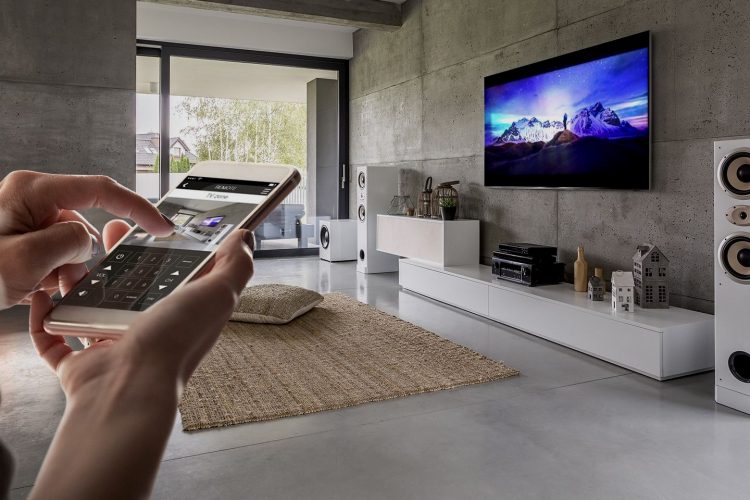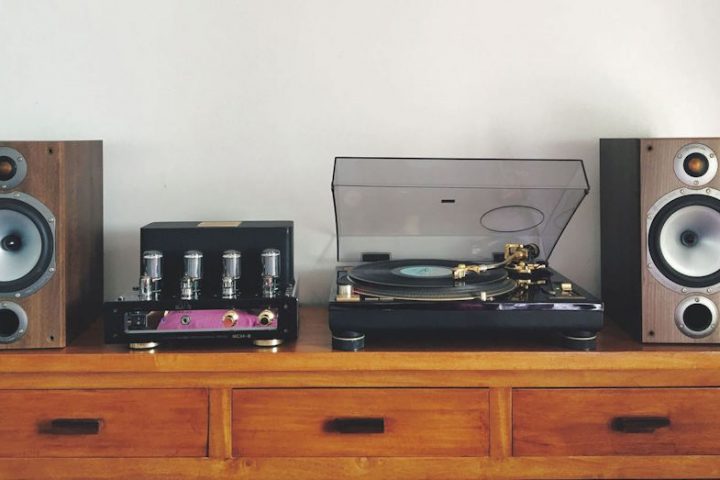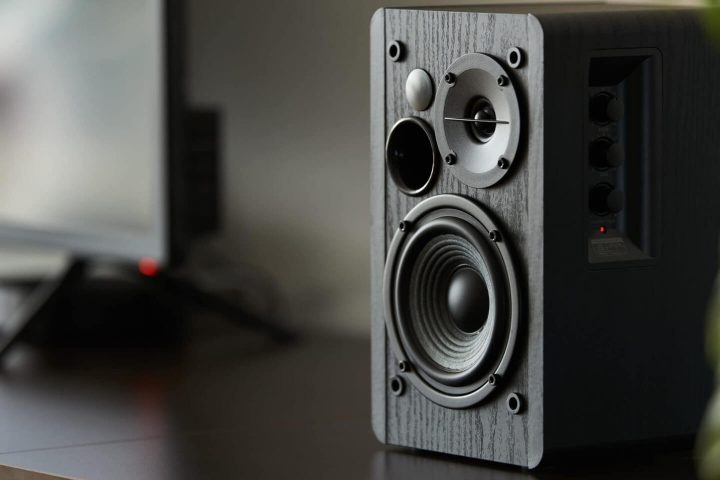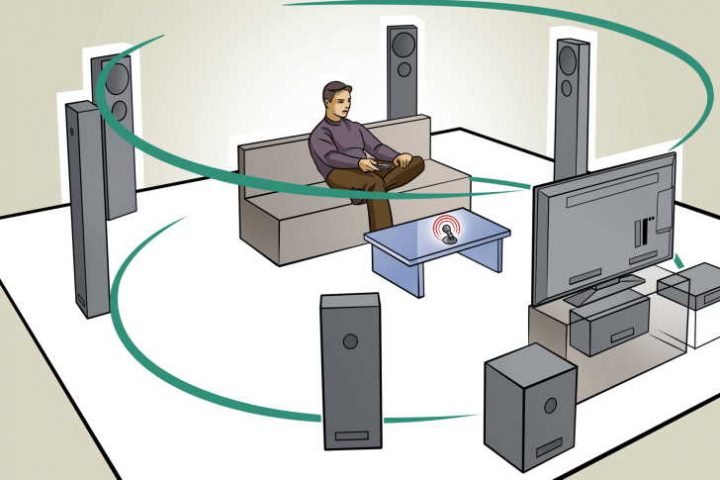To get the most out of your audio and visual entertainment system, selecting the right AV receiver is crucial. An AV receiver can enhance your viewing and listening experience by providing surround sound, HDMI connectivity, and other features that can improve your overall experience.
By understanding what an AV receiver can do for you, you can be sure to select the one that is best suited for your needs. Here is a little av receiver buying guide.
AV system types: 7.1 and 5.1
If you want the best surround sound experience, you should get a 7.1 speaker system. This type of system provides a more convincing surround sound effect than the 5.1 speaker version. It uses two extra speakers to provide smoother transitions from one location of an audio channel to another around your room, which creates a much fuller and more realistic sound.
Almost all movies are mixed for 5.1 surround sound. It means that extra speakers may not improve the quality of the experience as much as you hope. Additionally, a 7.1 system can provide you with two zones of audio, so you can enjoy a movie in one room while someone else listens to music in another room.
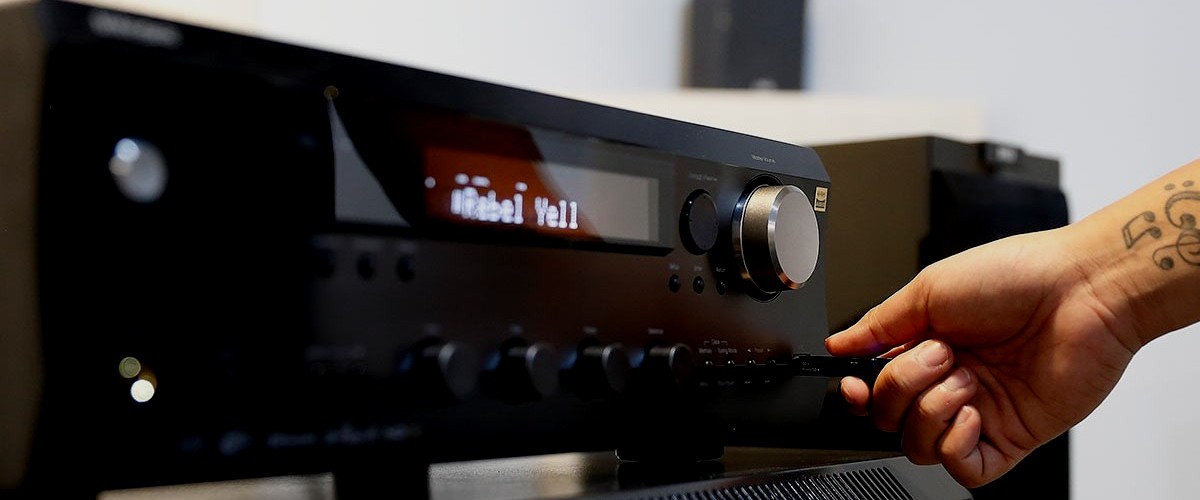
Useful features
Auto set-up and room correction
This great feature can save you time and hassle when configuring your system. In addition, auto set-up will calibrate your speakers automatically, while room correction will analyze the acoustics of your room and adjust the sound accordingly. It is especially useful if you have an irregularly shaped room or a lot of furniture, as it can help to optimize the sound.
Multi-room audio
It allows you to listen to different audio sources or the same source in multiple rooms. For example, you can listen to music from your iPhone in one room while someone else listens to a radio station in another room. Multi-room audio is a great way to enjoy your music collection without having to be in the same room as your speakers.
Remote controls
When the lights are low, or brightness is increased, you need a remote that’s easy to read. Fluorescent labels and keys with high contrast will make your remotes stand out among other devices on screen – but make sure they’re big enough not accidentally to press more than one button. Backlit keys are a good idea, too.
On-screen menus
You’ll want to see what’s playing, so an on-screen display is essential. Some displays are more detailed than others, so you can find out what chapter of a movie you’re on or which station your music is coming from.
Tuner
A built-in AM/FM radio tuner is standard equipment, but a Digital Audio Broadcast Plus (DAB+) radio is still not standard. Digital radios are only starting to become more popular.
HDMI
Most AV receivers will have at least four HDMI inputs, which is enough for most people. You’ll need more than four inputs if you have many devices that use HDMI, such as a Blu-ray player, game console, and streaming media player. Some AV receivers even have eight HDMI inputs.
HDMI ARC
It stands for “audio return channel,” and it allows your TV to send audio back to your receiver through the same HDMI cable used to send video from your receiver to your TV. It can be helpful if you want to use your TV’s built-in speakers for regular TV viewing but want to use your home theater system for movies and gaming.
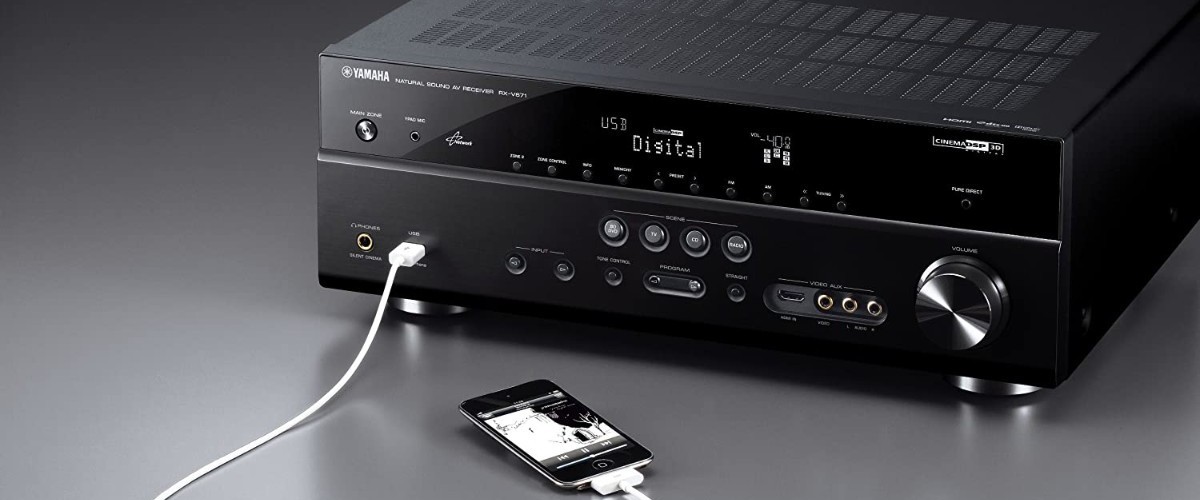
AV/lip sync
The AV/lip sync feature is a way for home theater systems to create the perfect pairing between video and sound. When there’s an AV/lip syncing issue, it can be more noticeable if you’re mixing analog signals such as component videos with digital audio from DVDs played in your receiver; however, most receivers these days have this easy fix.
A/B speakers
If you want to use two sets of speakers in different rooms or outdoors, look for an AV receiver with A/B speaker outputs. You can easily switch between speakers without having to disconnect and reconnect wires.
Upscaling
Some AV receivers have a feature that converts one video format to a higher resolution. For example, from a DVD’s resolution of 576p to a Blu-ray resolution of 1080p. However, be aware that this does not necessarily mean that the quality of the picture will improve. A low-grade picture will remain a low-grade picture, even if it’s upscaled.
3D passthrough
If you have a 3D TV, you’ll need an AV receiver that can pass 3D video signals through to your TV. Getting the most out of your 3D movies and games is important.
There are many other features that you might find helpful, but these are some of the most common. When looking at AV receivers, be sure to keep these in mind to find the perfect one for your needs.

